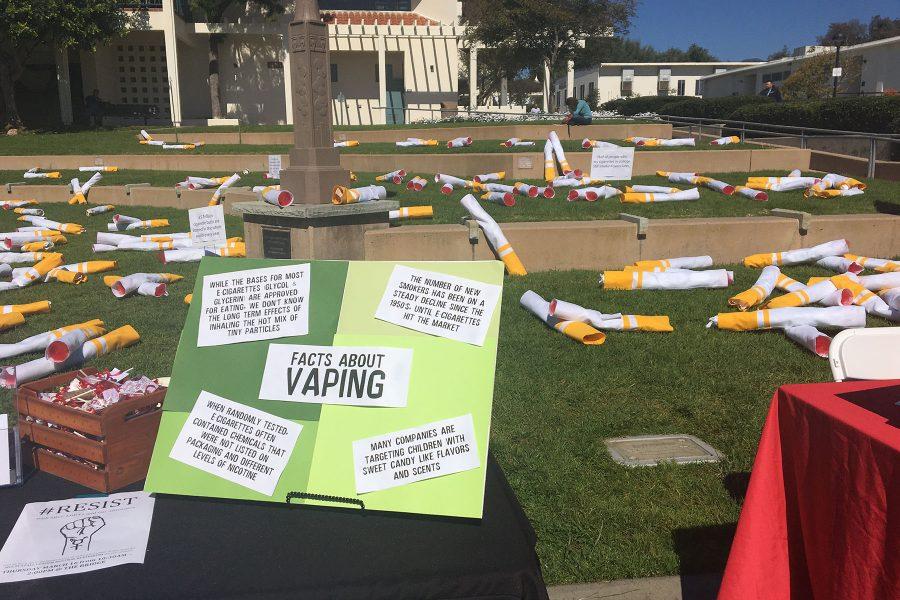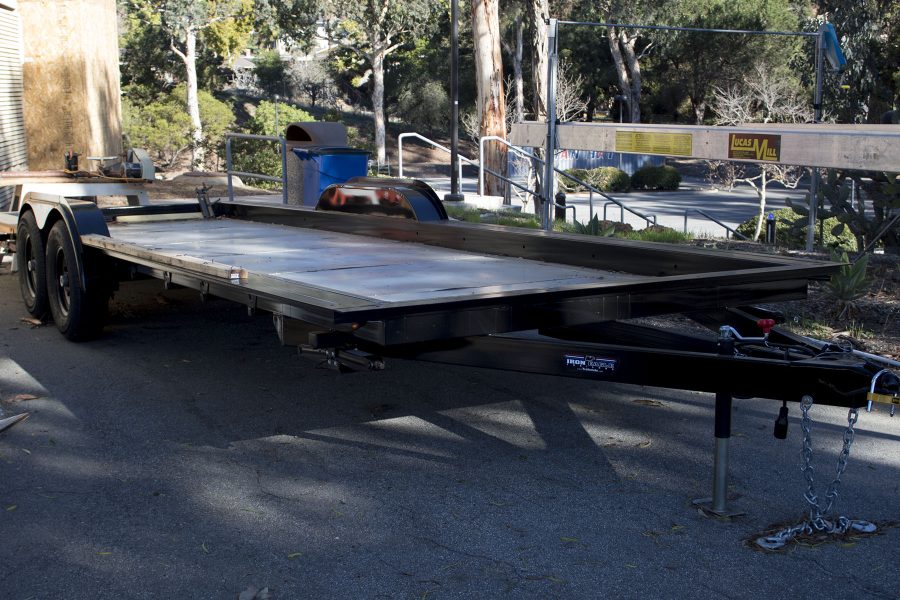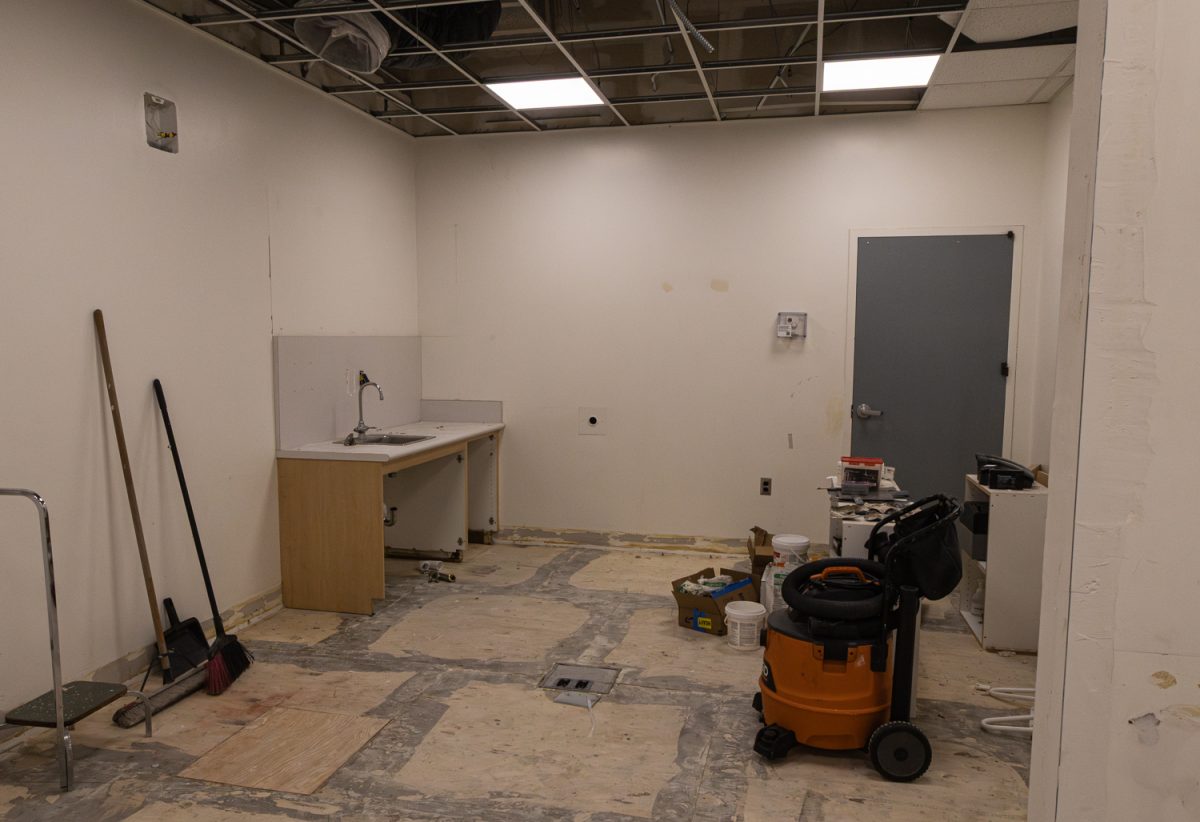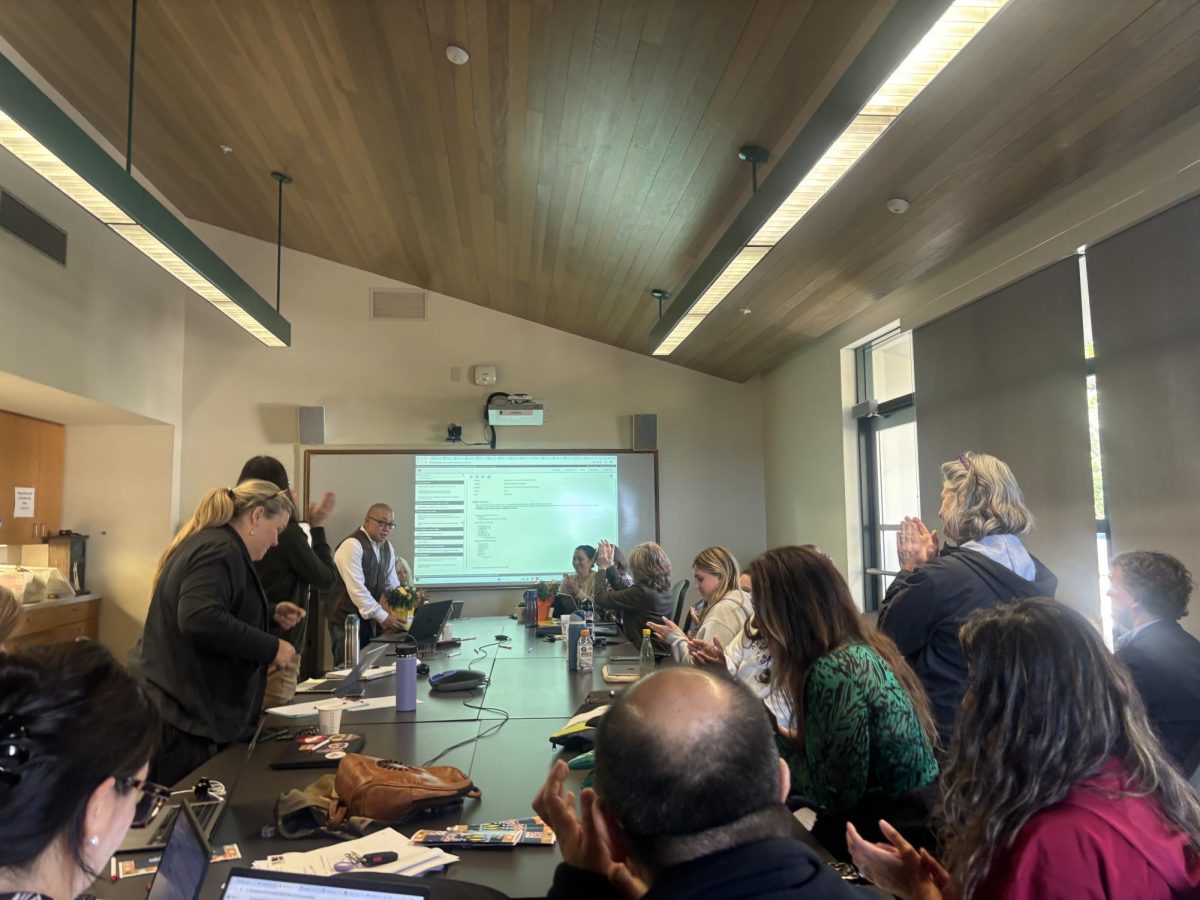Bluff erosion, the result of wave action, rainwater, site-drainage and other physical factors, has long been the bane of ocean-side communities; Isla Vista’s Del Playa Drive is no exception.
The bluff’s unique geological composition makes for a serious challenge to area structures.
Philip Oates, a Santa Barbara county supervising building engineer inspector, is tasked with maintaining structure safety in Isla Vista as well as throughout the county.
“The soil has layers of mudstone,” Oates said. “Then it has, on top of that, layers of loose sand. Then it has topsoil on top of that; that mixture doesn’t support buildings too well. It was determined that the bluff recedes roughly six inches a year.”
Although hardly a new phenomenon, cliff erosion in Isla Vista made headlines in September 2004 when nine Del Playa residences were delivered eviction notices by Santa Barbara County Building Officials. The notices cited erosion of structural supports as the basis for deeming the properties uninhabitable.
Although the mass evictions have long since faded from the memories of Del Playa residents, the effects of erosion remain.
“There are six properties with problems that we are closely monitoring, some worse than others.” Oates said.
One such property might be 6565 Del Playa, where resident and City College student Samantha Robinson says the downstairs unit is not allowed to use their balcony. Some of the balcony’s supports have had the surrounding soil erode around them, leaving some of them hanging over the edge of the bluff.
Robinson believes the lack of balcony access to be a huge detraction to the allurement of living ocean side.
“It’s a huge deal, that’s what you’re paying for,” Robinson said. “It’s not like I’m paying to live on DP, I’m paying to have the ocean; that’s what makes the property so expensive.”
Robinson is well aware of the potential impact bluff erosion can have on IV residences, but she did not consider the issue when selecting housing.
“It didn’t cross my mind,” Robinson said. “It’s one thing that’s never even spoken about. We’re all kids, we’re all oblivious. Our biggest issue here is ‘am I going to go to 65 block or 66 block?’ No one thinks about that [erosion].”
Recognizing the little attention paid to erosion by most DP residents, as well as the unpredictability of erosion patterns, Oates has worked with others in his office to develop a comprehensive policy for dealing with bluff safety concerns.
“Our intent is to eliminate having to evacuate tenants in a short period of time,” Oates said. “We want to give the tenants and the owners time to plan for this.”
This new policy will focus on three “trigger points,” of varying degrees, as thresholds requiring owner action. The trigger points are met when the nearest structure or deck is within fifteen, ten and five feet of the bluff face.
Although this new policy incorporates many previously used guidelines, its main difference is the manner in which it will be carried out.
“Previously it was just an enforcement action, and we’d pick and choose what properties had to be dealt with,” Oates said. “Now everyone’s going to be on board with this policy.”
Oates is hopeful that this means of addressing the continuing issue of bluff erosion will leave no confusion nor create any animosity among those involved. Within the past few years he has seen a marked improvement in communication between owners and county officials.
“It’s getting better,” Oates said. “It’s getting better and this (new policy) will help a great deal.”













